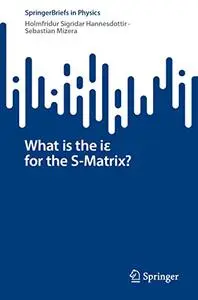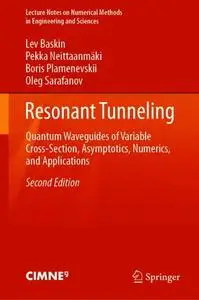What is the iε for the S-matrix? by Holmfridur Sigridar Hannesdottir , Sebastian Mizera
English | PDF,EPUB | 2023 | 165 Pages | ISBN : 303118257X | 17.3 MB
This book provides a modern perspective on the analytic structure of scattering amplitudes in quantum field theory, with the goal of understanding and exploiting consequences of unitarity, causality, and locality. It focuses on the question: Can the S-matrix be complexified in a way consistent with causality? The affirmative answer has been well understood since the 1960s, in the case of 2→2 scattering of the lightest particle in theories with a mass gap at low momentum transfer, where the S-matrix is analytic everywhere except at normal-threshold branch cuts. We ask whether an analogous picture extends to realistic theories, such as the Standard Model, that include massless fields, UV/IR divergences, and unstable particles. Especially in the presence of light states running in the loops, the traditional iε prescription for approaching physical regions might break down, because causality requirements for the individual Feynman diagrams can be mutually incompatible. We demonstrate that such analyticity problems are not in contradiction with unitarity. Instead, they should be thought of as finite-width effects that disappear in the idealized 2→2 scattering amplitudes with no unstable particles, but might persist at higher multiplicity. To fix these issues, we propose an iε-like prescription for deforming branch cuts in the space of Mandelstam invariants without modifying the analytic properties of the physical amplitude.



